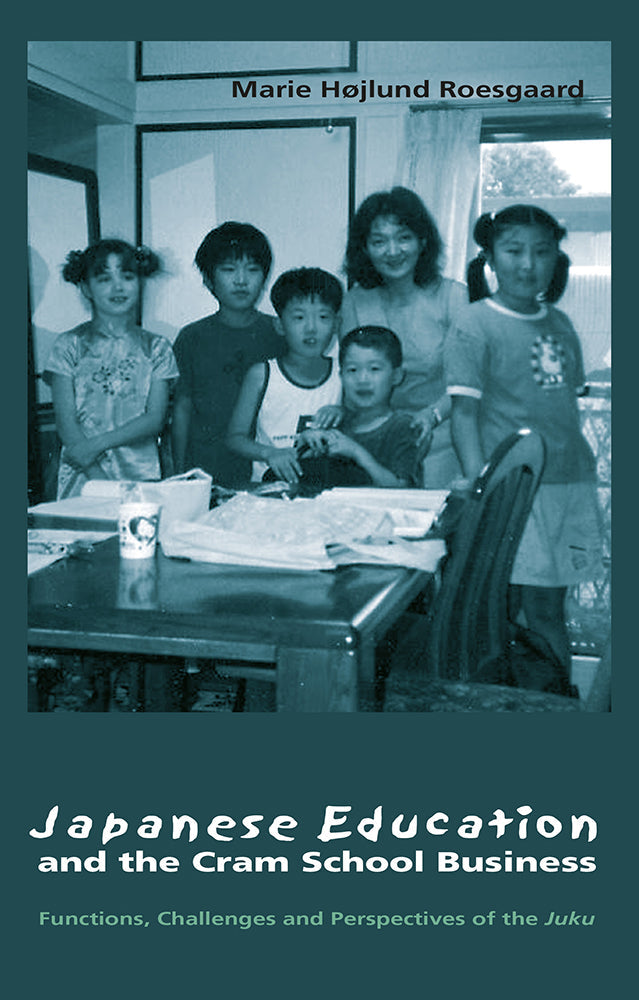Japanese Education and the Cram School Business: Functions, Challenges and Perspectives of the Juku
$75.00 SGD
by Marie Højlund Roesgaard
Cram schools (in Japanese called juku) are often mentioned in passing as a phenomenon functioning mainly to exacerbate competition and pressure on children, but no thorough study has been carried out of their function and types. It is the author’s intention to contribute to a more nuanced understanding of this feature of education, which is not only important in Japan but increasingly so in other parts of the world as well. Roesgaard’s major conclusion is that a clear distinction between different types of juku is necessary so that their function as well as merits and demerits can be properly assessed. Although juku have often been decried as enhancing competition in the Japanese system of schooling, this study also provides evidence that without them, the regular system of schooling would not be able to function.
In the modern polarized society that is Japan, juku are taking on a variety of new functions that this study aims to uncover. Part one sets the scene and presents a typology of juku. There follows a general description of the actors, juku, as well as descriptions of existing juku from the identified categories based on personal interviews. The final part discusses implications of the existence of juku in terms of political measures, their relation to particular new features of Japanese education (e.g. the 5-day school week) and the expenses and gains related to the juku.
"… scholars of Japan’s education system will want to consult this book because it provides an analysis of a key sector of the informal system that has not received proper attention before now. … this books explains in a very precise and detailed way how the regular school system could not function without juku." - Robert Aspinall, Shinga University, Journal of Japanese Studies, Vol. 34, No. 1, 2008
Marie Højlund Roesgaard is Associate Professor, Department of Cross-Cultural and Regional Studies, University of Copenhagen.
Publication year: 2006
214 pp / 222mm x 139mm
11 figures
ISBN: 978-87-91114-91-5, Hardback
NIAS Press

